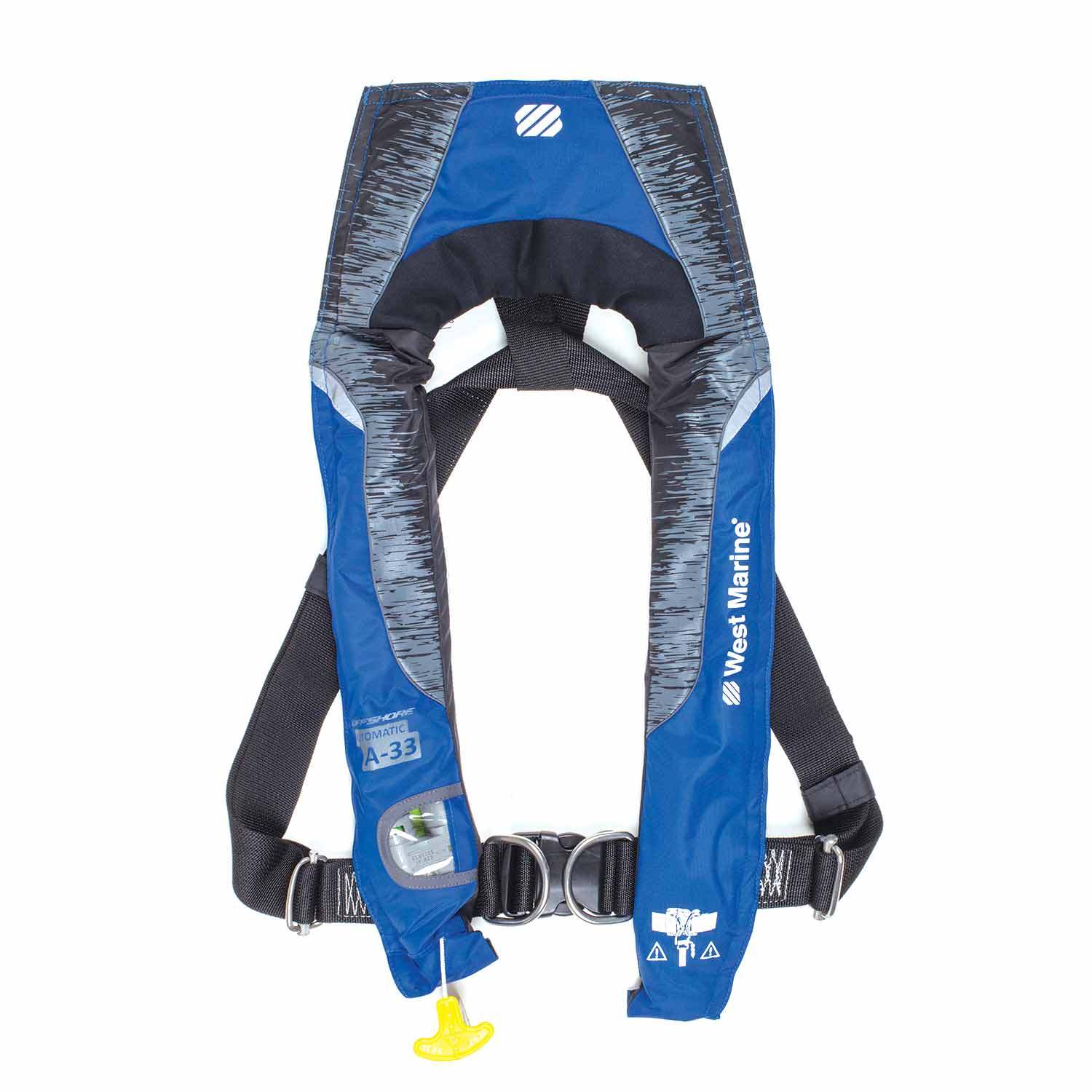amccoy
Jet Boat Addict
- Messages
- 90
- Reaction score
- 68
- Points
- 107
- Location
- Western Maryland
- Boat Make
- Yamaha
- Year
- 2017
- Boat Model
- Limited S
- Boat Length
- 24
Planning our first trip to Bimini and first trip offshore this summer. Looking for recommendations for life jackets and a VHF for the crossing. Two adults and three teens.
What do you guys use, likes, dislikes?
Thanks in advance.
What do you guys use, likes, dislikes?
Thanks in advance.

